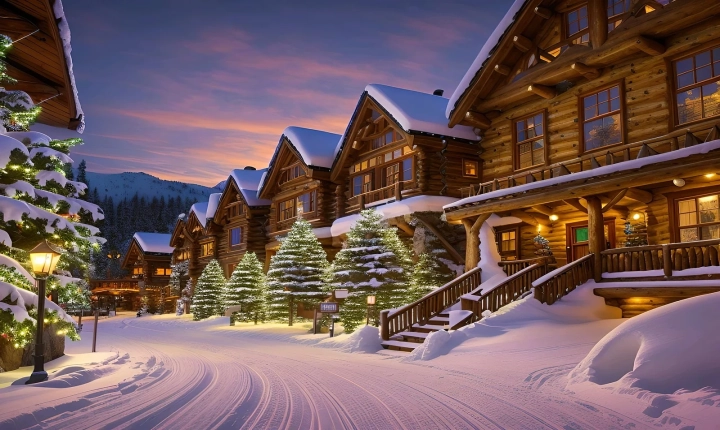Creating a city landscape in Adobe Illustrator can be a fun and rewarding endeavor for graphic designers and artists. Whether you are designing a cityscape for a digital illustration, a website header, or a promotional material, Illustrator provides the tools to create stunning and detailed cityscapes. In this article, we will explore a step-by-step guide on how to create a city landscape in Adobe Illustrator.
Step 1: Research and gather inspiration
Before diving into creating a city landscape, it’s important to gather inspiration and references. Look at photographs, artwork, and other cityscapes to get an idea of the elements and composition you want to include in your design. This step will help you visualize the final result and give you a better understanding of the details you want to incorporate.
Step 2: Start with the horizon line
In Illustrator, create a new document and set the canvas size to your desired dimensions. Begin by drawing the horizon line where the sky meets the ground. Use the line tool to create a straight line across the canvas. This will serve as the basis for the perspective of your cityscape.
Step 3: Add buildings and structures
Next, start adding buildings and structures to your cityscape. Use the rectangle tool to create the basic shapes of the buildings. Experiment with different sizes and proportions to create a varied skyline. To add depth and dimension, use the perspective grid tool to align the buildings along the horizon line. This will help create the illusion of depth and distance in your cityscape.
Step 4: Detail and texture
Once the basic shapes are in place, it’s time to add detail and texture to the buildings. Use the pen tool to create windows, doors, and architectural details. Experiment with different shapes and colors to create a diverse and visually interesting cityscape. You can also add texture and shading using the gradient tool to give the buildings a three-dimensional appearance.
Step 5: Incorporate natural elements
To make your cityscape more realistic, consider adding natural elements such as trees, parks, and bodies of water. Use the brush tool to create trees and foliage, and the ellipse tool to create lakes or rivers. This will add a natural touch to your cityscape and make it more visually appealing.
Step 6: Add lighting and atmosphere
To bring your cityscape to life, consider adding lighting and atmosphere effects. Use the gradient tool to create a sky with a gradient from light to dark, or add a sunset or sunrise effect for a dramatic touch. You can also add lighting effects to the buildings to simulate the glow of city lights at night.
Step 7: Final touches and adjustments
Once you have all the elements in place, take the time to fine-tune your cityscape. Adjust the placement of buildings, refine the details, and add any additional elements to enhance the overall composition. Play around with different effects and techniques to add depth and realism to your cityscape.
Creating a city landscape in Adobe Illustrator allows for endless creativity and customization. By following these steps and experimenting with different tools and techniques, you can create a stunning and dynamic cityscape that captures the essence of a vibrant urban environment. Happy creating!
